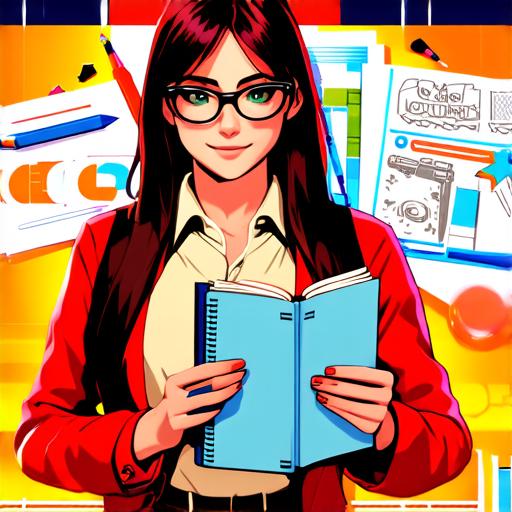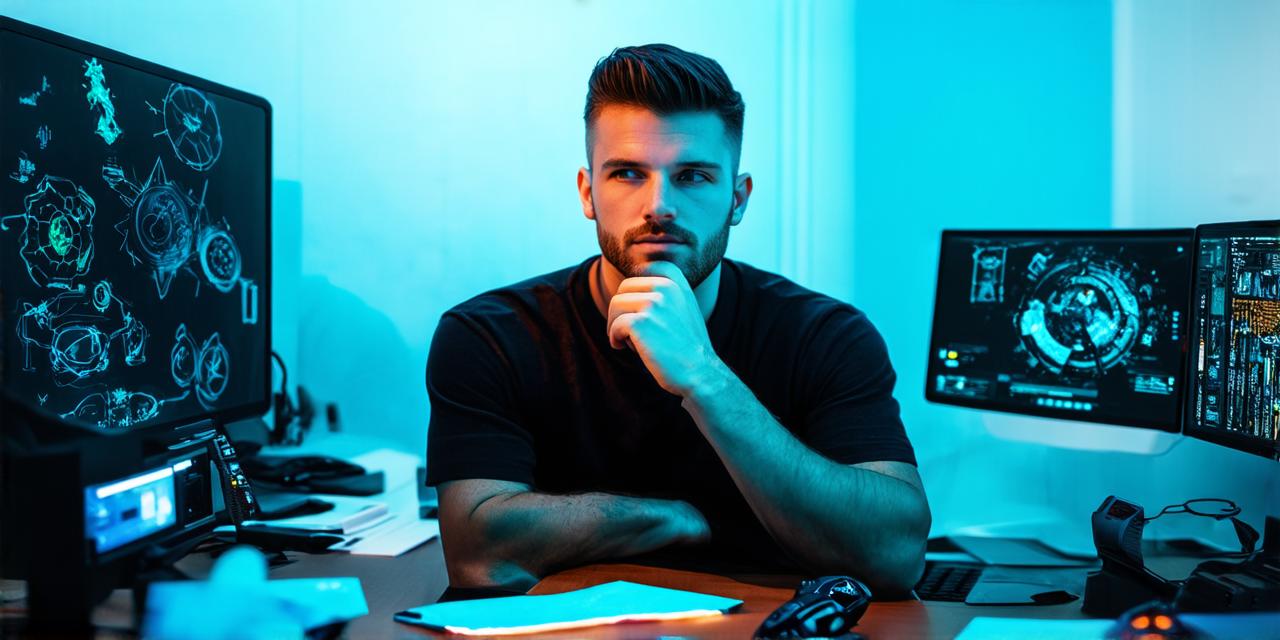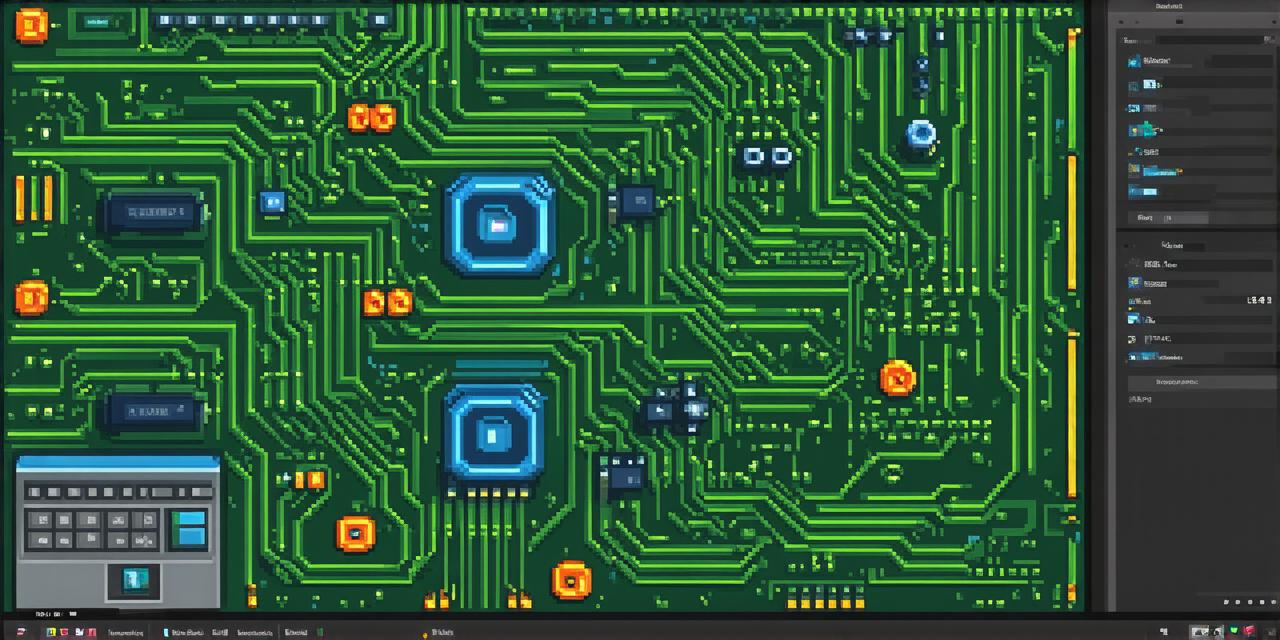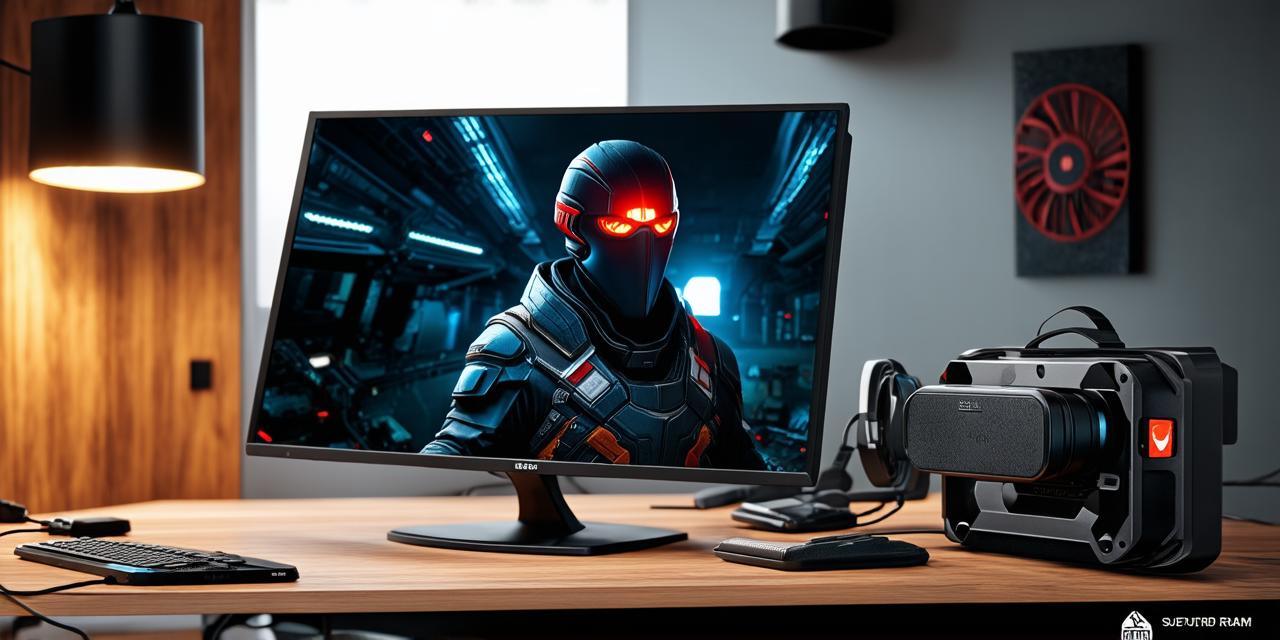Introduction
The video game industry is a thriving and dynamic field that requires a diverse range of skills and expertise. Creating a successful video game requires the collaboration of various roles within a video game development team, each with their own unique responsibilities and contributions.
1. Game Designer
The game designer is responsible for creating the overall concept and vision of the game. They work closely with other members of the team to ensure that the game’s mechanics, story, and art style align with the intended audience and target platform. The game designer also creates prototypes and plays test versions of the game to identify areas for improvement and make adjustments as needed.
Case Study: The Legend of Zelda: Breath of the Wild
The creation of “The Legend of Zelda: Breath of the Wild” is a prime example of how a game designer can bring together various elements of a game to create an immersive and engaging experience. The game’s open-world environment, intricate puzzles, and complex narrative were all designed to provide players with a sense of freedom and exploration.
2. Programmer
The programmer is responsible for bringing the game designer’s vision to life by writing the code that powers the game. They work closely with the game designer to translate their ideas into functional game mechanics, ensuring that the game runs smoothly and without errors. The programmer also collaborates with other members of the team, such as artists and sound designers, to integrate their contributions into the game.

Case Study: Portal
The development of “Portal” by Valve Corporation is a testament to the importance of programming in video game development. The game’s innovative physics-based puzzles required intricate coding and programming skills to create a seamless and engaging experience for players.
3. Artist
The artist is responsible for creating the visual elements of the game, including characters, environments, and objects. They work closely with the game designer to ensure that the art style aligns with the intended audience and target platform. The artist also collaborates with other members of the team, such as programmers and sound designers, to integrate their contributions into the game.
Case Study: Journey
The development of “Journey” by Thatgamecompany is a prime example of how an artist can bring a game’s world to life. The game’s stunning visuals, including its lifelike characters and environments, were created using cutting-edge 3D technology and animation techniques.
4. Sound Designer
The sound designer is responsible for creating the audio elements of the game, including music,




